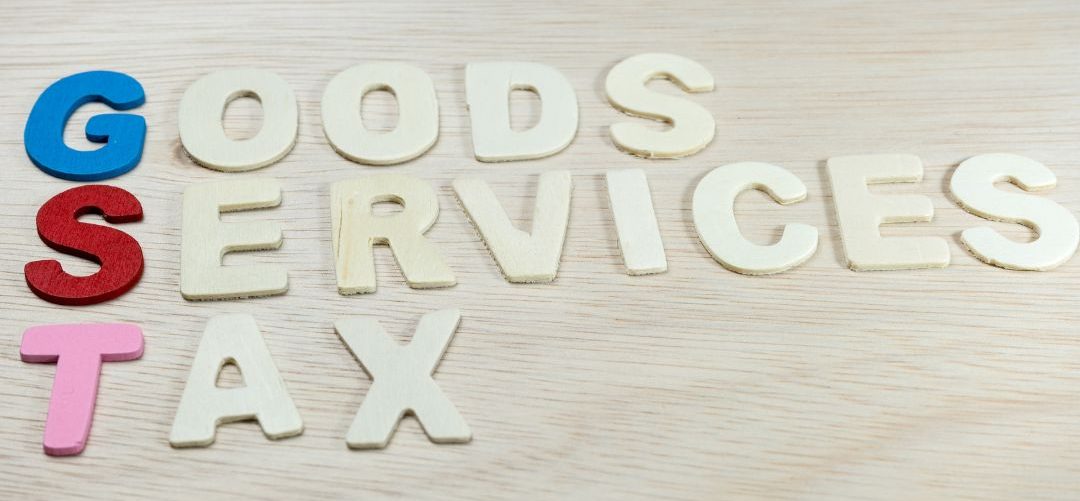According to official sources, the Narendra Modi 2.0 administration may choose not to restructure the Goods and Services Tax (GST) slabs before leaving power in May 2024, because inflation is expected to remain high for a longer length of time.
Following state assembly elections in Himachal Pradesh this November and Gujarat in December, as many as nine states, including Karnataka, Chattisgarh, Madhya Pradesh, Rajasthan, and Telangana, will have elections in 2023. Then the pace will quicken for the 2024 general elections.
“There isn’t much demand for changing the GST rate and slabs,” a senior official told FE.
Inflation based on the consumer price index (CPI) reached a five-month high of 7.14% in September, much above the Reserve Bank of India’s medium-term objective of 2-6%.
According to the RBI, CPI inflation is expected to average 6.7% in FY23, up from 5.5% in FY22.
The finance ministry last week stated, “If so, inflation may potentially witness a revival rather than a fall in 2023,” citing the likelihood of geopolitical tensions escalating and reigniting supply-chain constraints that had lately eased.
High inflation has lessened the urgency of the exercise because the goal of a revenue-neutral rate (RNR) would undoubtedly result in increased rates for a wide range of products, potentially raising their prices. Although the group of ministers (GoM) on rates rationalization, led by Karnataka chief minister Basavaraj Bommai, was obliged to produce a report on the tax slab rejig by the end of September, sources indicated it was not in a rush.
“The Centre and most states believe that the tax rates and slabs must be altered, and some of the remaining exemptions must be eliminated,” the official added.
Tarun Bajaj, the Revenue Secretary, has stated that the government may maintain the highest GST slab of 28% on luxury/sin products while looking at the potential of decreasing the remaining three major slabs – 5%, 12%, and 18% – to two.
Officials believe that the 12% (8% share of GST revenues) and 18% (65% share) slabs may be combined into a new median rate of 15% and that the 5% (10% share of GST revenues) slab can be replaced by a new rate of 6% or 7%.
Raising the 5% GST rate, which includes sensitive goods such as food and medications, must be done gradually. Similarly, if the 18% rate is suddenly reduced to 15%, there will be a significant income loss. According to another source, the changeover would most likely be gradual rather than abrupt.
On June 29, the GST Council authorized the elimination of a slew of tax breaks and the raising of rates on a broader range of mass-consumption commodities to eliminate anomalies and inversion.
However, the Centre drew a lot of flak for bringing pre-packaged and labeled food goods under the 5% GST rate from 0%, highlighting the challenges in executing big GST reforms at this time.
“While GST rate adjustments may not be on the horizon, there are several modifications about the GST Tribunal, anti-profiteering authorities, an expansion of e-invoicing to all B2B transactions, and so on that will need to be addressed in the coming days,” says the GST Commissioner. Deloitte India Partner M.S. Mani
The GST Council, which meets at least once a quarter, was unable to convene in August-September as anticipated due to a delay in the filing of reports by a group of ministers on casinos, racetracks, and internet gambling, as well as the establishment of the GST Appellate Tribunal (GSTAT). The Council might convene shortly in November or December.

